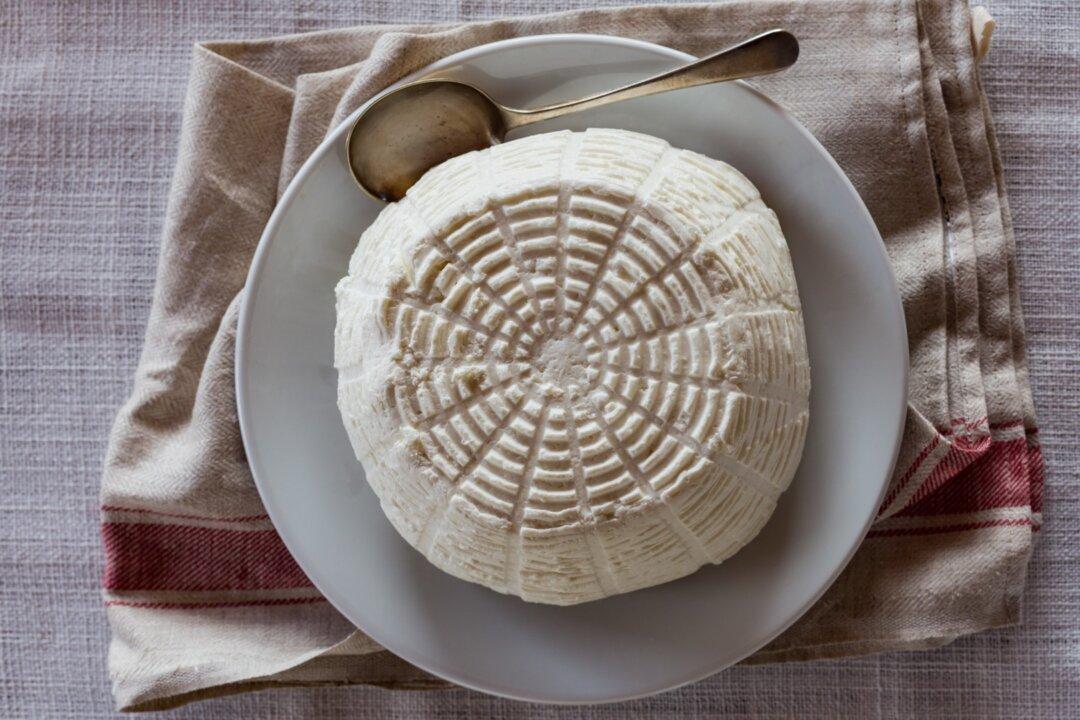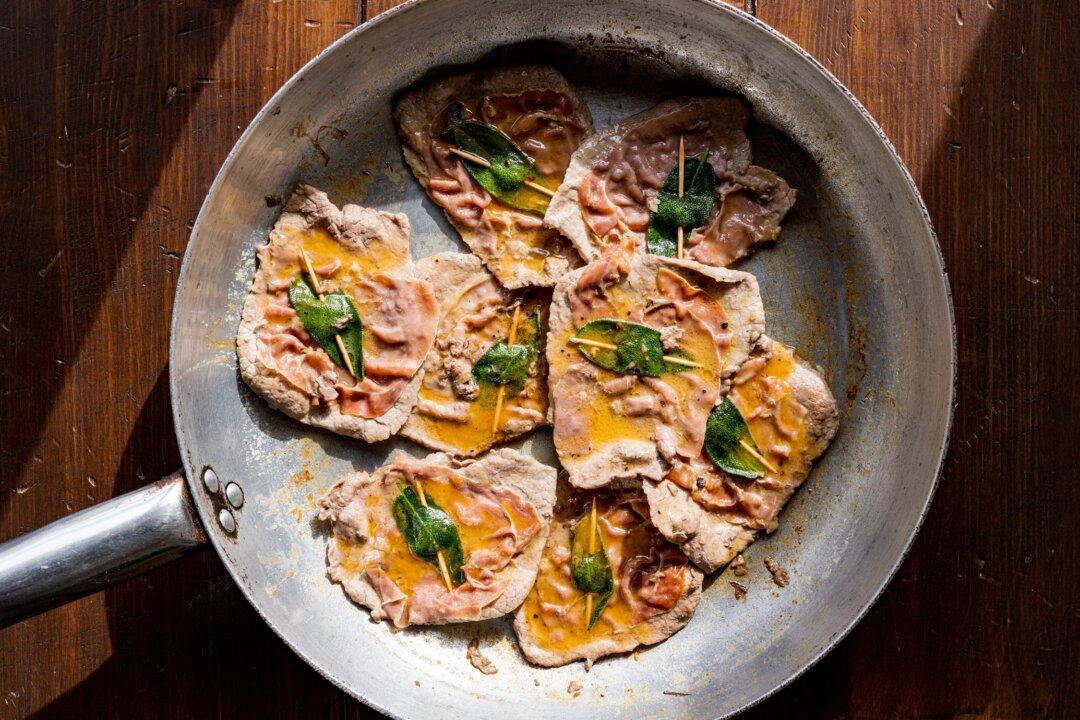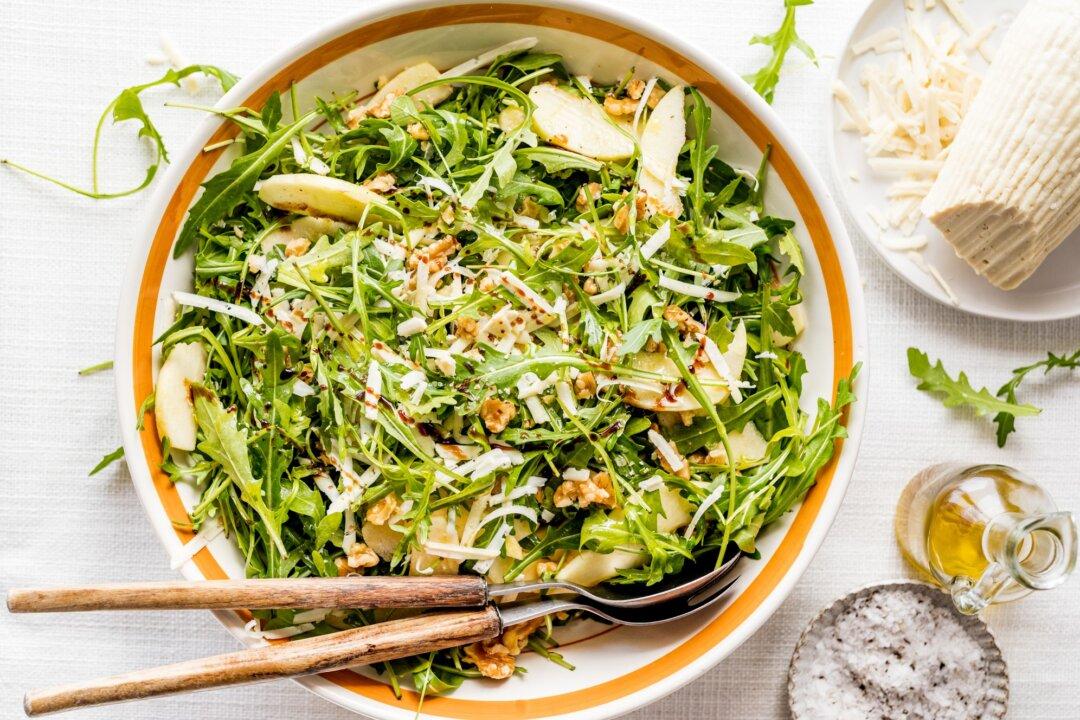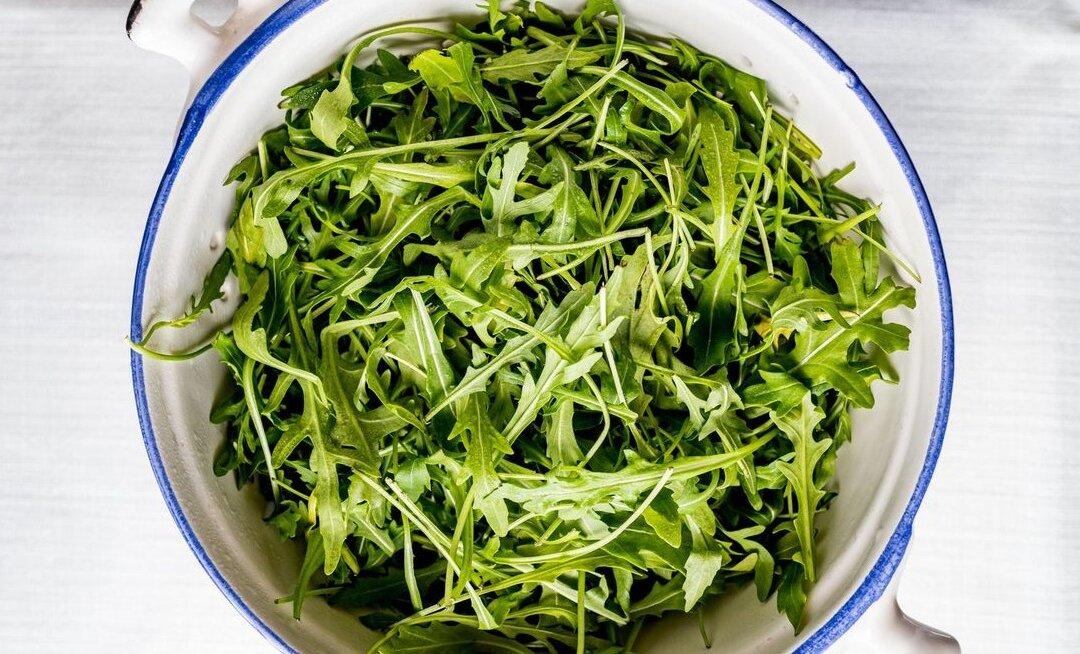Ricotta has encoded in its name the way it is produced. “Ri-cotta” in Italian means “re-cooked,” or “cooked again,” referring to how it’s made by re-heating the whey leftover from making other cheeses. This process is key to making real ricotta, in its lightest, softest, truest form.
To understand how it’s done, let’s imagine a visit to a small, family-run dairy farm in the Italian countryside.





